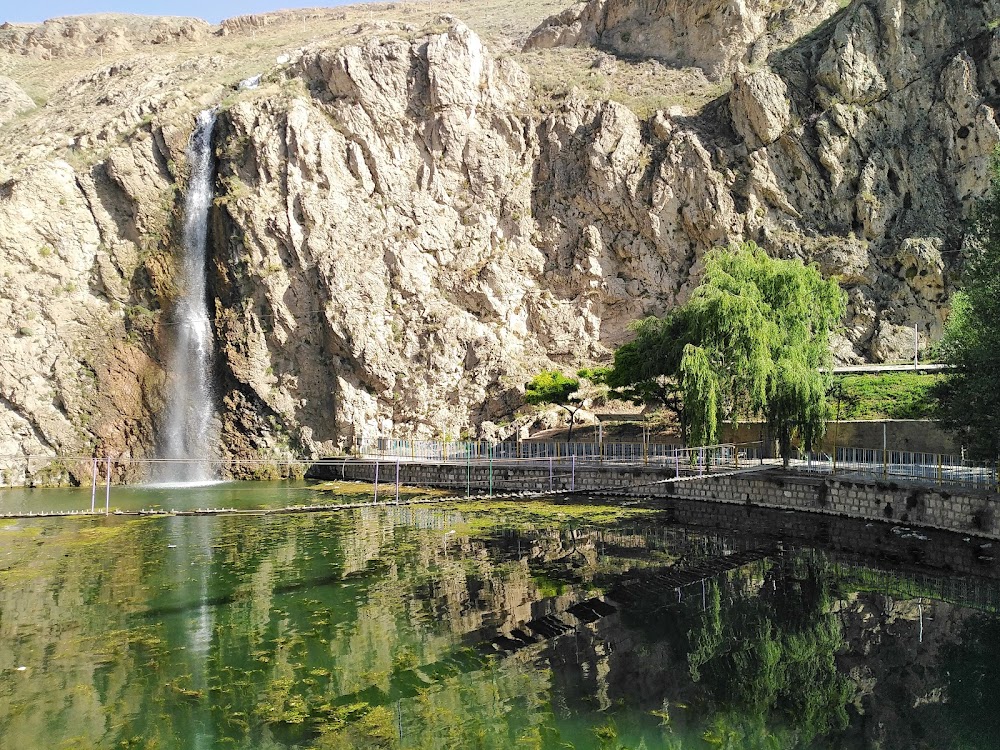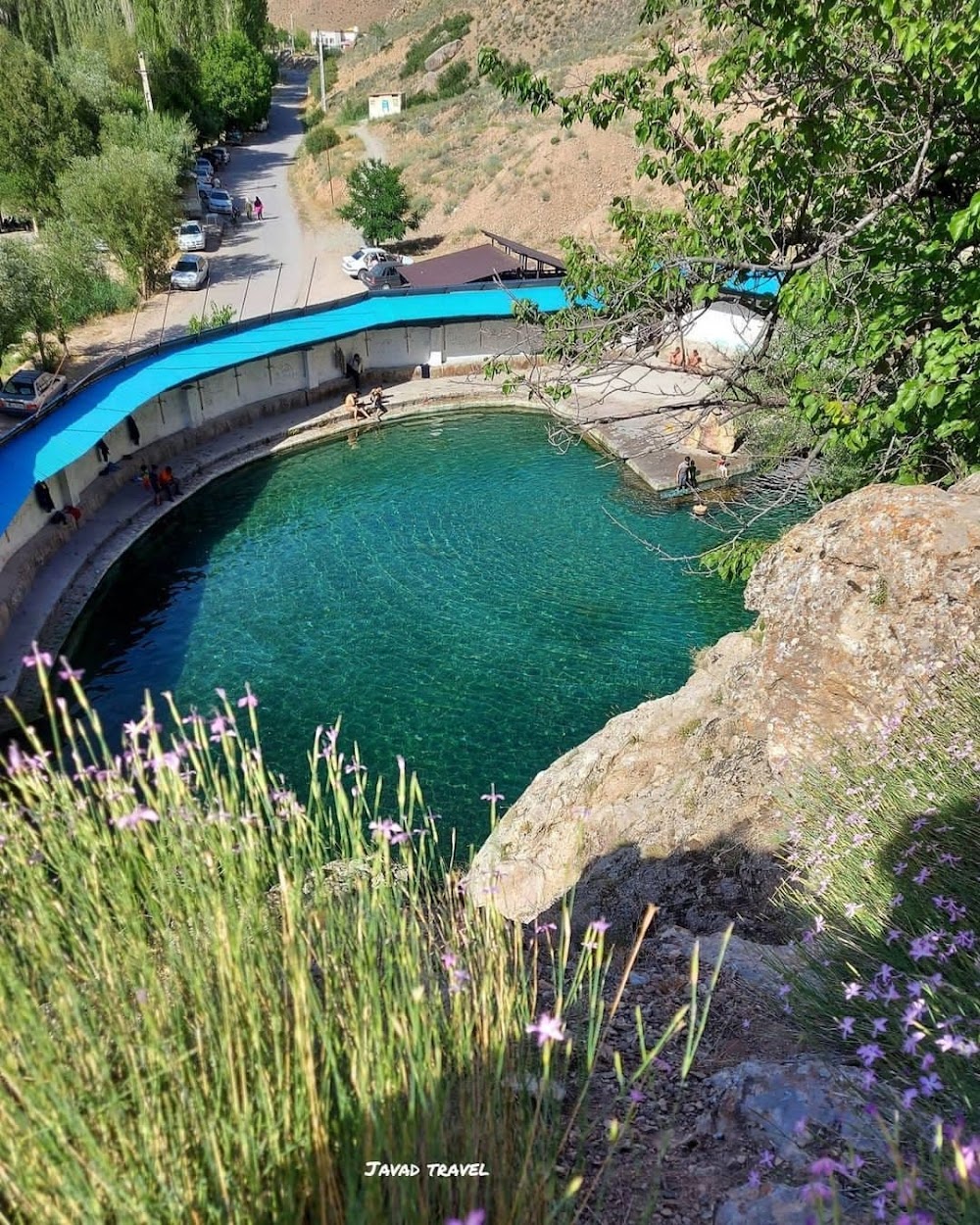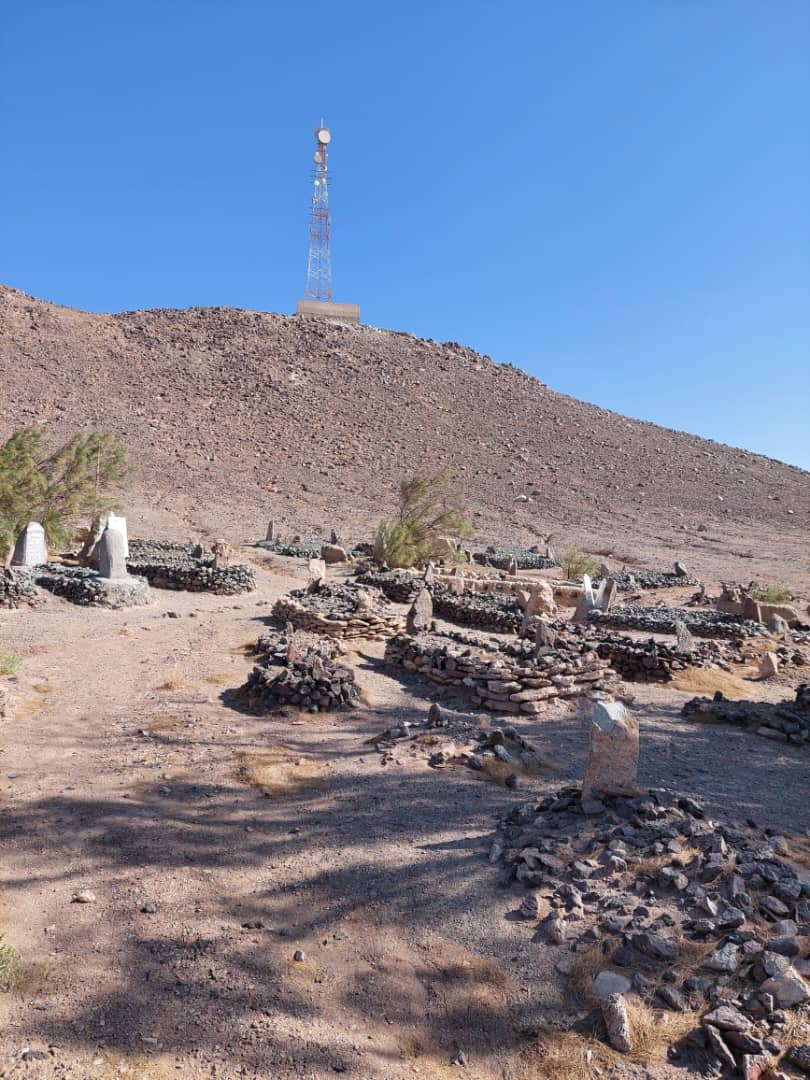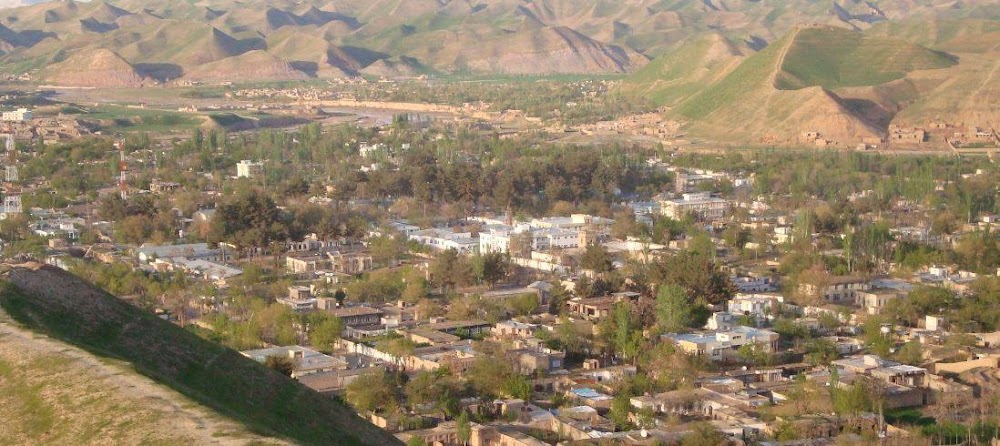Firuzkuh Fortress (قلعه فیروزکوه)
Overview
The Firuzkuh Fortress, nestled in the city of Ghōr, Afghanistan, is a remarkable testament to the region's rich history and architectural ingenuity. Perched upon the rugged terrain of Ghor province, this fortress has witnessed centuries of historical events and has played a crucial role in the area's strategic defense.
The origins of Firuzkuh Fortress date back to the Ghurid dynasty, which flourished during the 12th and 13th centuries. Renowned for their architectural and engineering prowess, the Ghurids left behind several enduring legacies, with this fortress being one of the most notable. Constructed primarily to shield the city and its inhabitants from invasions, Firuzkuh served as a stronghold for local rulers, embodying the spirit of resilience and protection.
The construction of Firuzkuh Fortress utilized local resources, with builders crafting the structure from large, rugged stones sourced from the surrounding mountains. These stones were meticulously cut and assembled using a blend of mortar and traditional building techniques. The Ghurid architects focused on every detail, ensuring the fortress could withstand harsh weather conditions and potential attacks.
The design of the fortress is both imposing and functional. Its thick walls, several meters deep, were engineered to resist siege weaponry while providing ample space for archers and soldiers to defend the stronghold. Additionally, multiple watchtowers were strategically placed throughout the fortress, offering panoramic views of the surrounding valley. This design allowed defenders to spot approaching enemies from a significant distance and facilitated communication with other fortifications in the area.
Inside the fortress, visitors would find barracks, storage facilities, and living quarters for the garrison and their families. The layout was meticulously planned to sustain prolonged sieges, with water cisterns and granaries built to store essential supplies, ensuring the defenders could endure against attackers for extended periods.
One of the most striking features of the Firuzkuh Fortress is its main gate. Heavily fortified, this gate was designed to be the most formidable point of entry for any assailants. Massive wooden doors, reinforced with iron and adorned with intricate carvings, greet visitors, showcasing the craftsmanship of the builders. The gate also featured a defensive mechanism known as a machicolation, which enabled defenders to drop stones or pour boiling liquids on anyone attempting to breach the entrance.
Over the centuries, Firuzkuh Fortress has stood resilient through numerous battles, changing hands multiple times. During periods of peace, it served as a center for administration and governance under the Ghurid rulers. Its strategic location made it a vital asset for controlling trade routes, further enhancing its significance in the region.
Despite the erosion of time and the effects of nature, Firuzkuh Fortress has preserved much of its original grandeur. Ongoing efforts are being made to conserve this historical monument, ensuring that future generations can appreciate its architectural beauty and historical significance.
Today, the Firuzkuh Fortress stands as a symbol of resilience and ingenuity from the Ghurid dynasty. Its sturdy walls and vigilant towers echo the stories of bygone eras, offering a fascinating glimpse into Afghanistan's rich cultural and historical heritage. Not only does the fortress serve as a reminder of the past, but it also inspires future architectural endeavors in the region.









